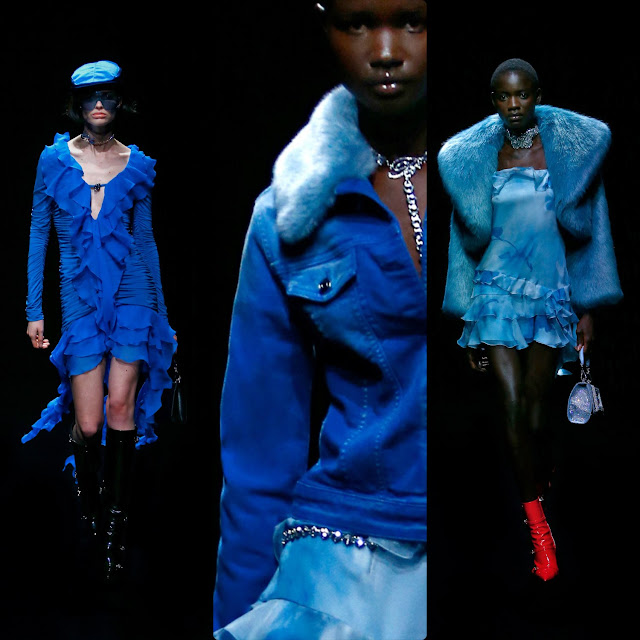
Backstage, I’m not just doing the nails anymore - I’m doing social media, I’m on Flipagram, I’m putting together trend reports, I’m live on Periscope and Snapchat, I’m doing Instagram takeovers.

“When you gain accessibility, you lose the mystery,” she adds. Everything is public and online, for anyone to see. With another season of key fashion weeks in New York, London, Paris, Milan, Toronto and Moscow wrapped up, we take a closer look at what the digital world looks like today in Canada, by speaking to three experts and reviewing the industry from their perspectives on fashion week and the fashion sector: backstage at runway shows, retail environment and the public relations landscape.Īnd what does it mean that everything is becoming more inclusive? Remark says that anyone can access the looks now. It has also helped many people and brands generate astounding revenues, by helping sell products and services.īut with various news outlets constantly reporting that digital is changing the fashion sector, the common question is: How exactly? What are the specific examples? In what ways has this changed over time? It gave the fashion and beauty industry a completely different twist, by launching careers of many digital influencers and changing the way runway shows are presented, covered and promoted - pre-, during and post- each show. It’s hard to believe that Instagram has only been around for less than six years. Arguably, it all took a whole new turn in 2010 with the launch of Instagram. At around the same time, Facebook started to build traction, followed by Twitter, which originally attracted mostly the business and news crowd, but quickly expanded beyond. The move towards digital came in waves: first, there were online boutiques then, came the online versions of print magazines blogs started shortly thereafter and purely digital fashion magazines followed in mid 2000s.

“It was like ‘I got stuff to do, and I want to knock it out, or I want to look at something.The last decade has seen a significant shift in the fashion industry. So it wasn’t like I had to go in on a Saturday,” Adamolekun said. He says he dedicated his finance era to “working all the time,” even on the weekends. It follows a successful career in private equity, where Adamolekun worked at top companies, including Goldman Sachs and TPG Capital. And Adamolekun balances running the helm with his job as a partner at Paulson & Co., the hedge fund that acquired the Asian-inspired restaurant chain in 2019. company there are only six black CEOs in the Fortune 500, and only 8% of C-suite executives are Black, according to a 2021 Washington Post analysis of the 50 most valuable companies. He’s one of the few Black CEOs leading a major U.S. That might be because the 34-year-old has a lot on his plate. “I never really have been a person that separated work and life,” he tells Fortune. Even global superstar Rihanna recently expressed that finding “balance is almost impossible.”īut for Adamolekun, work and life have never been separate. In the midst of the remote work revolution, employees worldwide have been fighting for a better work-life balance, pushing back against employer mandates to return to office and advocating for four-day workweeks. So says Damola Adamolekun, former Wall Street whiz turned CEO of casual-dining restaurant chain P.F.


 0 kommentar(er)
0 kommentar(er)
